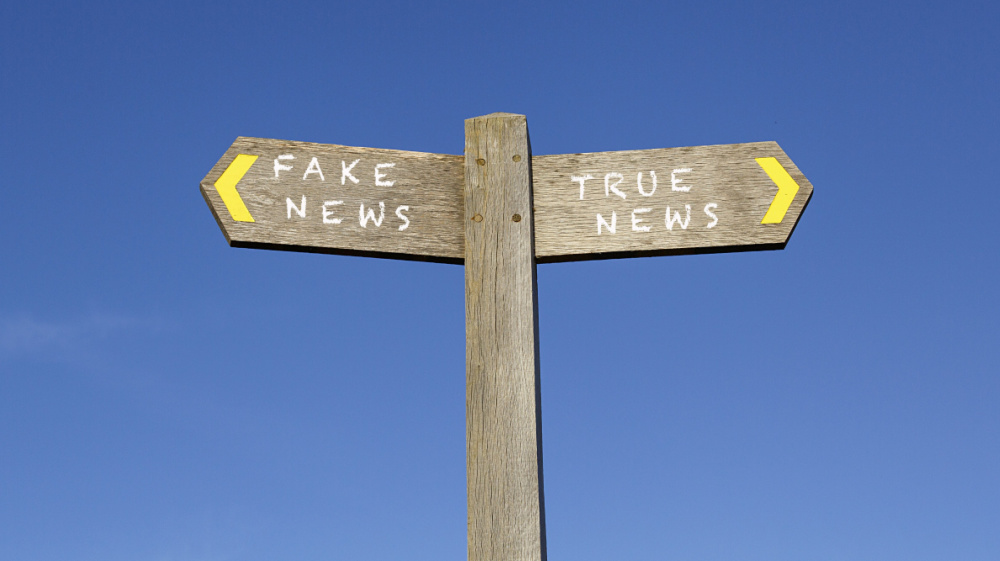Trust and the Media: The Problems & Potential Solutions

Trust and the Media: The Problems & Potential Solutions It began with another eye roll. In a meeting, I mentioned my background as a journalist, and I sensed the smirky reactions. When I first started in the news industry more than 30 years ago, people were excited to hear about what stories I was covering and what famous people I may have met. But times have changed. Now journalists face constant skepticism and allegations about ‘fake news.’ I left the TV Industry four years ago, and I am currently a communications strategist who cringes whenever someone tells me what is wrong with the news industry. Here’s WHY: Many hardworking, honest, fair, empathetic, and fact-driven journalists do great work in their communities, but there are certainly others who have tarnished the industry’s reputation. Yes, it’s cringeworthy to all of us who care deeply about our profession. THE PROBLEM The problem is that there is a strong narrative that journalists are “the enemy.” Admittedly, there is strong evidence concerning how trust in the news industry has disintegrated over time. A 1974 Gallup poll found that 74% of Americans had a great deal/fair amount of trust in mass media. Fast forward almost 50 years, and that number is cut in half. A Gallup Poll taken in October 2022 finds that only 34% of Americans have a great deal/fair amount of trust in mass media. That’s cringeworthy. Many factors play a role in the news media’s decline in trust. For example, the lines between news, entertainment, and commentary began to blur when cable news gained popularity. The definitive border between fact and opinion must be clarified. There are also numerous people/sites on every digital platform that define themselves as news sources. However, it needs to be made clear what credentials the reporter or news outlets have and what ethics they follow when reporting. Still, Pew Research found in a poll taken last Fall, that U.S. adults under 30 now trust information from social media almost as much as national news outlets. THE SOLUTION The solution is simple: you build trust through honesty. Transparency is crucial right now because trust is so fragile. For journalists, the best way to build trust with an audience is to explain WHY you are following a story and HOW you ended up with the conclusions you are reporting. Journalists need to double-check facts with objective, supportive data. Journalists need to double-check sources too. This is a time when it seems anyone can say anything, so it’s important to make sure any source you use is legitimate and without bias. Finally, journalists need to ask themselves: Did I eliminate any self and source-bias when formulating the story? Was I objective with my line of questioning? Am I holding the right people accountable? Is the story accurate and objective? Did I include all sides of the story? Did I double-check my data and facts? Do I show multiple viewpoints? Have I explained WHY the story impacts the community? Have I included the ‘what’s next’ factor? (sometimes referred to as the ‘moving forward’ factor)? If a mistake is made, have I adequately corrected it in the same forum? When I was a journalist and faced a complex story, I liked to use a ‘Process Journalism’ technique to help show the ‘why’ and ‘how’ behind a story. The story would take the viewer on a journey of discovery, as the facts are uncovered and why one interview may have prompted another interview from other sources. ‘Process Journalism’ describes the investigative development that led to the story’s conclusion. Process Journalism is one methodical way to tell stories that could help build the trust factor for viewers. Politics have also weighed heavily on the need for more trust components for journalists. Too often, an audience only wants to hear its own viewpoints mimicked in the news. Journalists must accurately and objectively show all points of view to avoid placating any particular views while keeping their opinions at bay. Many journalists are trying to make progress toward building trust and turn to Radio Television Digital News Association (RTDNA) for guidance on navigating this uphill battle. RTDNA and Magid have created a more complete roadmap for newsrooms to use as guidelines. For example, RTDNA recommends that “journalists be knowledgeable about the local community and what issues are important to local news consumers,” as well as “authentic and genuine” in their coverage. For any working journalist, I suggest they keep a copy handy on their office desk or front seat! Again, many hardworking, honest, fair, empathetic, and fact-driven journalists are doing great work in their communities. Let’s give those deserving journalists a chance to win back your trust while telling your stories. Sources https://news.gallup.com/poll/403166/americans-trust-media-remains-near-record-low.aspx https://www.pewresearch.org/short-reads/2022/10/27/u-s-adults-under-30-now-trust-information-from-social-media-almost-as-much-as-from-national-news-outlets/ https://assets-002.noviams.com/novi-file-uploads/rtdna/Trust_in_Journalism_Project/RTDNATrust-Research-FINAL.pdf
